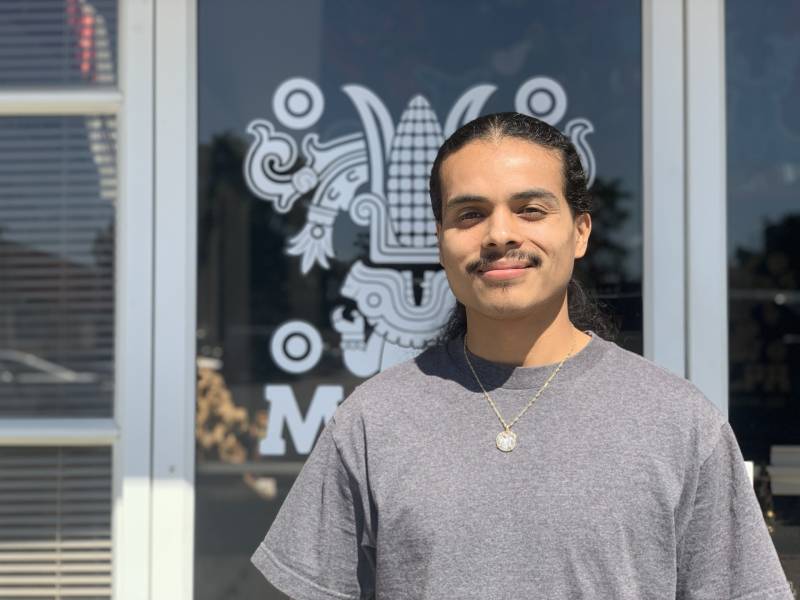Elijah Ramirez was 16 years old when he arrived at one of California’s three remaining state-run juvenile lockups just before Christmas in 2014.
He was there to begin a sentence for attempted murder.
“I came in there with trauma already as it is,” he said during an interview last year. “This place didn’t help me with that trauma. It intensified it.”
During the incident that landed him in the Department of Juvenile Justice — a street fight in Salinas — Ramirez was shot four times, leaving him temporarily paralyzed. When he arrived at the state facility, a two-hour drive from his hometown, he expected to be able to continue his medical treatment and physical therapy, but says he ended up locked in a battle with the staff over where he should be housed and what treatment they would provide.

